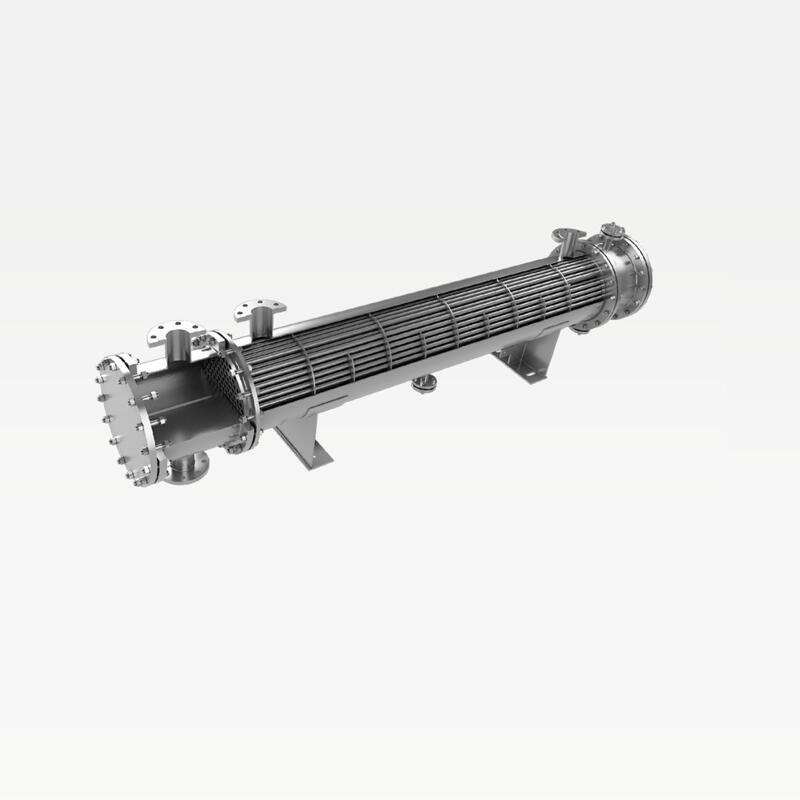-
Categories
-
Pharmaceutical Intermediates
-
Active Pharmaceutical Ingredients
-
Food Additives
- Industrial Coatings
- Agrochemicals
- Dyes and Pigments
- Surfactant
- Flavors and Fragrances
- Chemical Reagents
- Catalyst and Auxiliary
- Natural Products
- Inorganic Chemistry
-
Organic Chemistry
-
Biochemical Engineering
- Analytical Chemistry
-
Cosmetic Ingredient
- Water Treatment Chemical
-
Pharmaceutical Intermediates
Promotion
ECHEMI Mall
Wholesale
Weekly Price
Exhibition
News
-
Trade Service
With soaring freight rates, the crude oil market is facing increasing cost pressure
.
On Monday, freight rates on the benchmark trade lane for the crude oil transportation industry topped $100,000 per day, the highest level
since the beginning of 2020.
At that time, the new crown epidemic caused a surge in demand for tanker storage cargo, which directly pushed up freight rates
.
High freight rates are also reflected
in the cost of crude oil traders.
Baltic Exchange forward freight data shows that the cost of sea freight from the Gulf to China is now around $6.
60 per barrel, almost three times
that of February.
Market analysis believes that the current crude oil transportation costs are mainly related to
G7 sanctions against Russia.
As sanctions against Russia force ships to travel farther routes, oil companies and traders have had to pay increasingly high freight rates, which has increased the cost of crude oil
.
European crude traders are stepping up purchases from farther afield to replace Russia's Urals
.
As freight rates soared, so did tanker demurrage (the cost of delays inside and outside ports
).
Demurrage for so-called ultra-large crude oil carriers is now estimated at around $120,000 to $130,000 per day, an increase of about $50,000 from two months ago,
shipbrokers said.
At present, the market is paying close attention to the impact
of the G7 on the price ceiling of Russia.
With the exact cap unclear, it is difficult for buyers to plan how much crude
they can buy from Russia in the future.
According to previous media reports, the G7 plans to announce a price cap for Russian crude imports on November 23, which will be implemented on December 5, and once the cap is exceeded, companies will be prohibited from providing shipping, insurance, brokerage and financing services needed to transport Russian oil
.
Current market analysis generally points to a ceiling on crude oil prices effective December 5 or between $40 and $60 per barrel, which is basically equal to the cost of Russian oil production before the outbreak of the Russian-Ukrainian conflict, but media reports suggest that the final level may be higher than that
.







